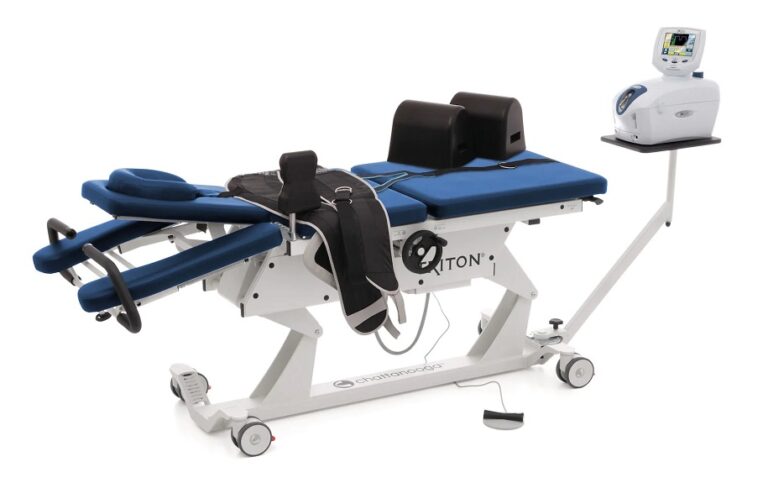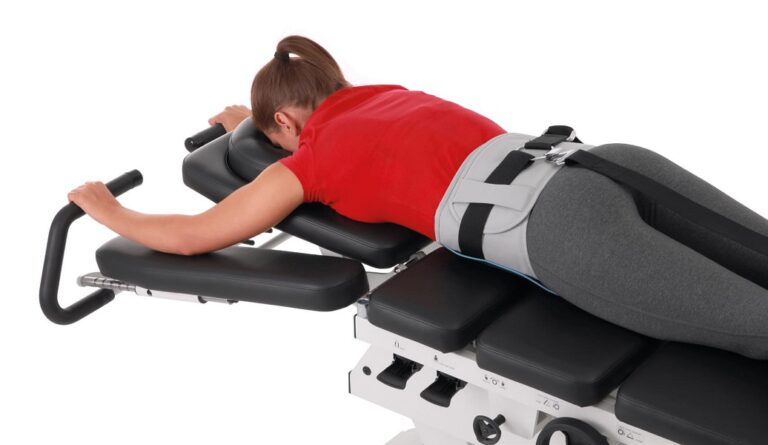WEEK I
During the first week of treatment, back muscles, tendons and ligaments adapt to decompression therapy and they achieve elasticity, which is a prerequisite for successful treatment. During this period, the first physiological changes occur in the tissues.
These are:
1. Tissue elasticity improves;
2. Joint mobility increases;
3. Blood supply improves;
4. The correct position of the vertebrae is restored;
5. Improves intervertebral discs e. disc hydration. Hydration is the process that restores the fluid content of the discs. This is an important prerequisite for permanent disc healing and can be achieved with decompression.
WEEK II
By the end of the second week of treatment, changes will occur:
1. Pain decreases;
2. Muscle spasms are relieved;
3. The flexibility of the spine improves;
4. Blood supply increases;
5. Intervals increase;
6. Joints are released;
7. Scar tissue is stretched out;
8. Pressure on the nerve roots decreases;
9. Underpressure (vacuum) occurs in the disks;
10. The cartilaginous walls of bulging discs retract;
11. Disc fluid is added to the discs.
These changes, except for the increase in intervertebral spaces, can also be achieved with active healing body culture. The task of the following decompression sessions is to advance these processes and consolidate the results.
WEEK III and IV
Physiological changes take place during these weeks. Within the disc, the formation of TYPE IV collagen cells begins. These cells have the ability to produce fibroblasts and chondroblasts, which restore the disc fluid. The amount and rate of formation of TYPE IV collagen cells varies from patient to patient.
The negative pressure inside the disc created by decompression therapy helps these cells migrate into the cracks and scars of the disc wall. As a result, the damaged fibers of the disc wall are restored, the strength of the disc wall and the height of the disc increase.
Complaints decrease or disappear during this period.
V and VI WEEK
The goal of the final part of the treatment course is to maintain the maximum distance between the vertebral bodies and the hydration of the disc until the healing is complete. It must be remembered that the metabolism of the discs is on the poor side and they have a tendency to lose their elasticity and height. The healing process of the disc is also slow and this is the reason for the length of the treatment course.
Many studies have shown that the best long-term treatment results are given by 6 to 10 week decompression courses. Skipping procedures significantly disrupts the healing process and prolongs it.


